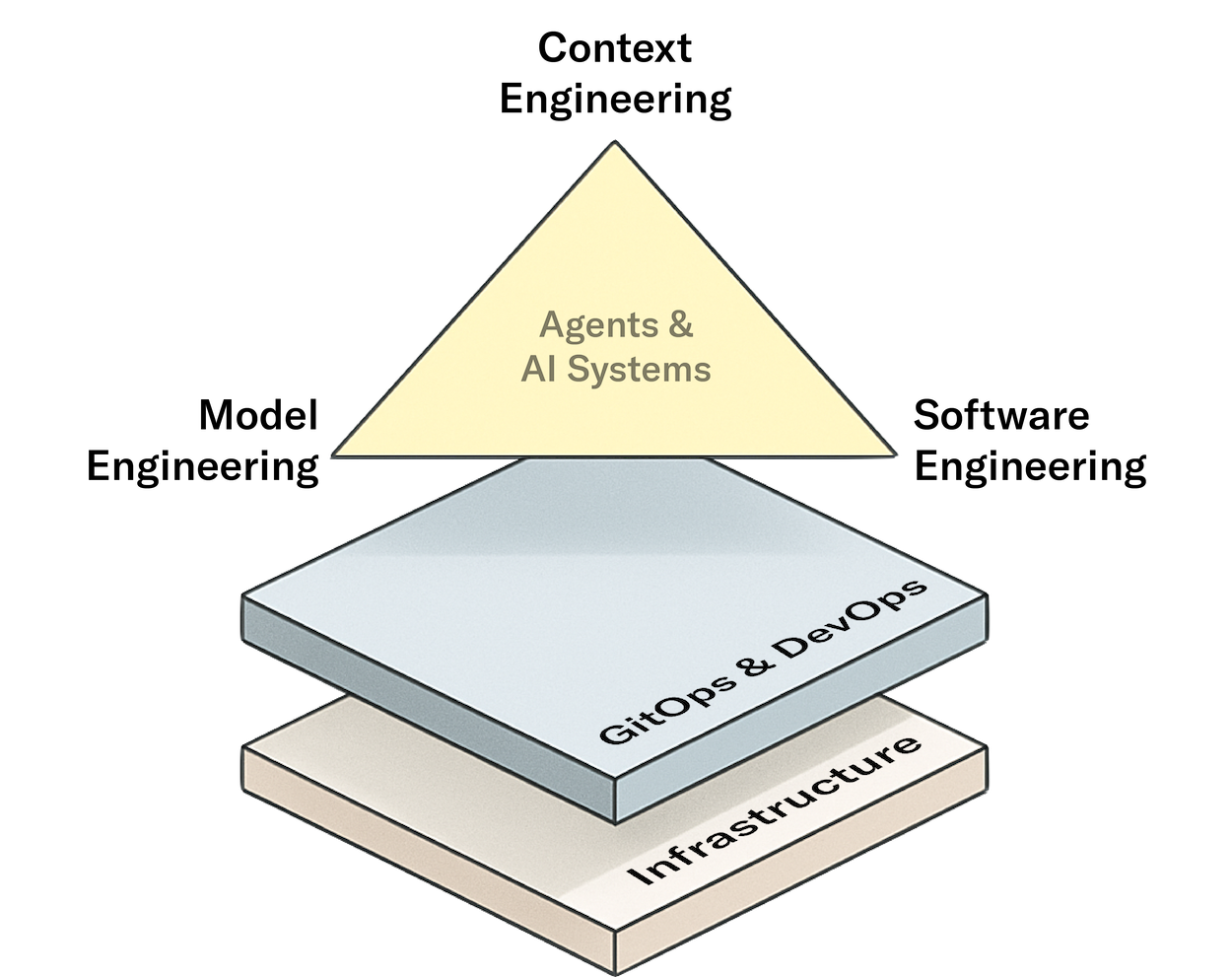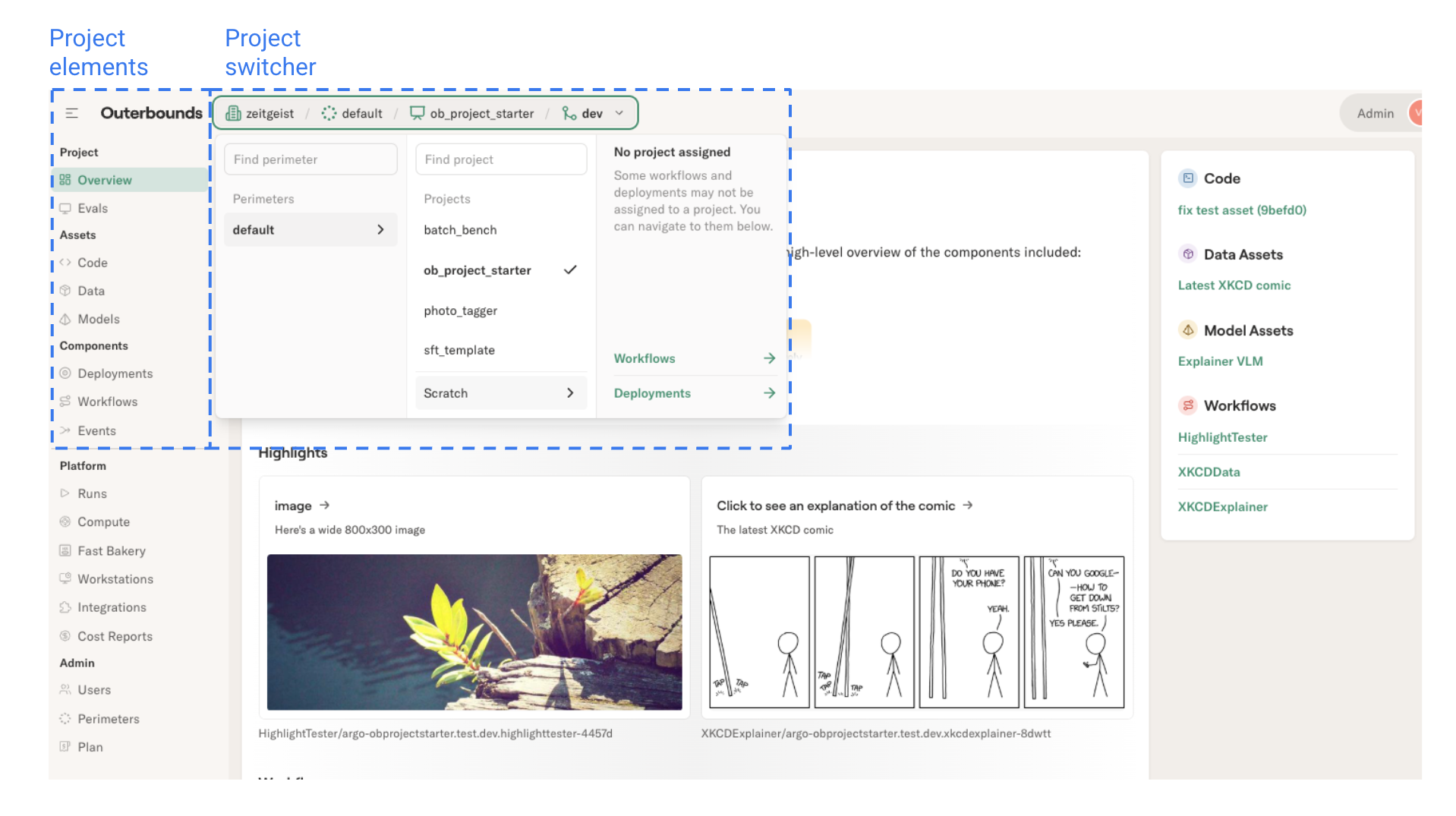Overview of projects
AI and ML systems are built from code, data, and models. You need to iterate on each component, and ultimately bring them together into a functional system that you can keep improving over time. You can do this effectively by following software engineering best practices, such as CI/CD, to enable rapid experimentation across many branches. And, to develop, test, and operate these systems in production, you need stable, scalable infrastructure.

Outerbounds covers all these aspects so you can build production-grade systems, from simple to sophisticated, with
Developer-friendly APIs - thanks to Metaflow - for developing versatile workflows as well as support of online inference, agents, and application endpoints.
Built-in asset tracking for models and data, as well as efficient primitives for processing data in various ways, and using models both offline and online - and evaluating the performance of your system holistically.
All running on secure and cost-efficient infrastructure with access to large-scale GPU resources.
Outerbounds Projects bring all the components together into a consistent framework, enabling rapid development with a seamless CI/CD integration. This is similar to modern web development platforms like Vercel or Render but purpose-built for the specific needs of AI and ML.
From scratching out ideas to production projects
Most projects begin with open-ended experimentation. Outerbounds supports this mode out of the box: spin up a workstation, run flows, and scale compute whenever you need. You will benefit from all the core functionality of Metaflow, including comprehensive versioning, artifact tracking, and namespacing without having to do anything extra.
Outerbounds calls this the scratch mode. Use the project switcher in the header to switch to the scratch mode, which makes all runs, workflows, and deployments visible, regardless whether they belong to a project or not.

Functionality specific to projects, such as the project overview page, evaluations, and assets - the project elements highlighted above - are not available in the scratch mode.
When you’re ready to add some lightweight structure to your experiments, start a project. Projects are quick to create and inexpensive to keep around, so don’t set a high bar for making one. See the next page for details.